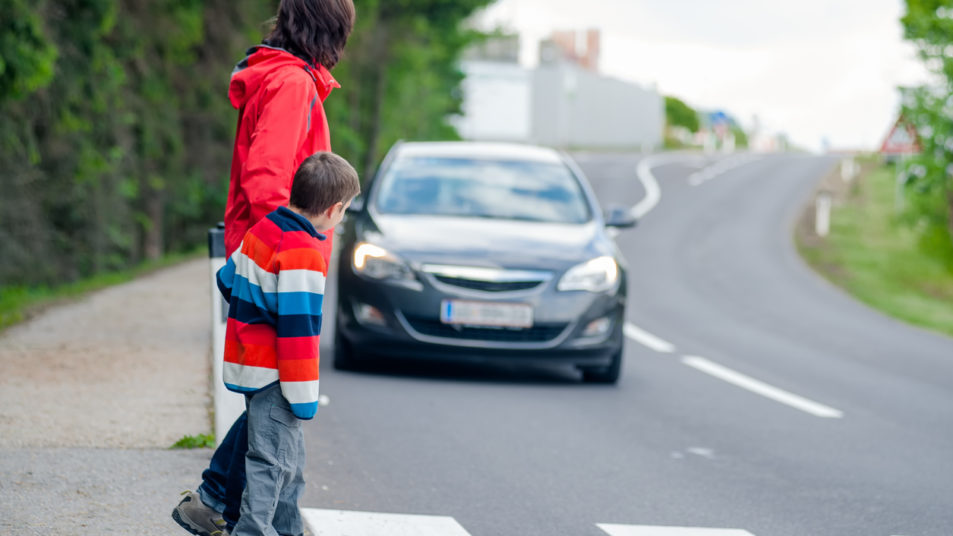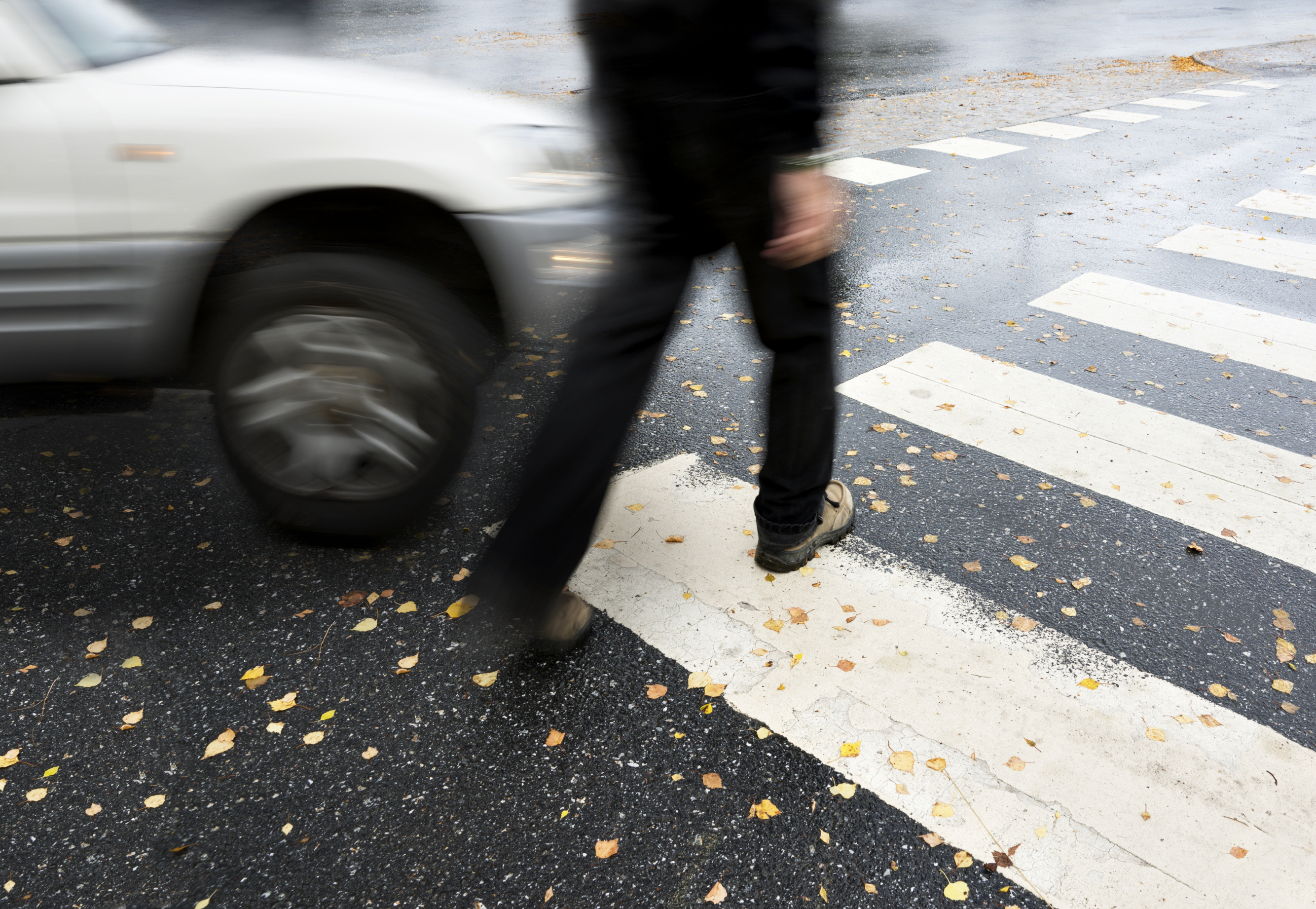Many Cities, Schools Embracing “Look Up, Look Out” Campaigns
With distracted driving more prominent than ever before, communities are doing what they can to keep their neighborhood safe. Especially with schools in session and students commuting to and from class, many educational institutions prioritize the safety of young minds.
That is why schools all over the country are embracing the “Look Up, Look Out” campaign.
This initiative aims to raise awareness of distracted driving and encourage responsible navigation on and around campuses.
What Is The “Look Up, Look Out” Campaign?
With over 6,200 pedestrian fatalities from traffic-related incidents in 2018, distracted driving continues to threaten our community members’ safety and well-being. Schools are doing everything they can to educate families about safe driving practices, especially as more students walk to and from school. Despite clear crosswalks and traffic signals that aim to protect the safety of both pedestrians and bicyclists, parents and their children are still at risk when navigating on foot.
The “Look Up, Look Out” campaign serves as a reminder for both drivers and pedestrians to put safety above all else. It aspires to bring further attention to the hazard of distracted driving and offer tools for pedestrians to remain safe during high-traffic times of the day.
This campaign hopes to reach both the drivers behind the wheel and reinforce to pedestrians the importance of staying alert while crossing the street. Although smartphones can be a helpful tool for navigation, they pull attention away from where it needs to be: the road.
How Can I Protect Myself As A Pedestrian?
There are several ways to ensure your safety while navigating as a pedestrian:
Follow the rules of the road
Just because you are a pedestrian and have the legal right-of-way does not mean that you do not have to adhere to certain expectations of responsibility. Use crosswalks where they are accessible and wait for the walk signal to indicate when it is safest to cross.
Use sidewalks when possible
Sidewalks are the safest place for pedestrians as there is often a greater distance between you and any moving vehicles. If sidewalks are not available, it is safest to walk as far from the road as possible in the opposite direction as traffic. That is, make sure you can see that the driver coming towards you recognizes your presence.
Limit distractions
Even though you may not be behind the wheel, it can be dangerous to navigate while distracted. Without your eyes on the sidewalk or road, it is possible to veer into traffic, step into a pothole, or fail to recognize an oncoming distracted driver.
It is best to limit any distractions, even as a pedestrian, and keep your eyes on the road at all times. Additionally, do not navigate while under the influence or otherwise intoxicated as it may impair your depth-perception and abilities to react swiftly.
Assume drivers cannot see you
Rather than anticipate that all drivers will give you the right-of-way, it is best to assume that you are not visible from behind the wheel. If a crosswalk or an otherwise accessible intersection is not available to cross a major road, be sure to leave enough of a gap in between vehicles to make it across safely.
Additionally, try to prioritize places of crossing that have better lighting and the most strategic view of traffic. It is also a good idea to wear reflective or otherwise noticeable clothing, especially at night.
It is critical that you talk with your family about how to stay safe on the road as a pedestrian and reiterate that safety is the responsibility of both drivers and local foot traffic.
What If I Am Injured As A Pedestrian?
If you or someone you know is injured in a traffic accident, contact a personal injury lawyer to determine whether you may be entitled to compensation, including medical assistance. Work with the police to file a report detailing the incident’s critical elements, including notating any apparent distractions. Seek medical attention for any injuries, and consult with your personal injury lawyer to address any concerns regarding further legal action.

